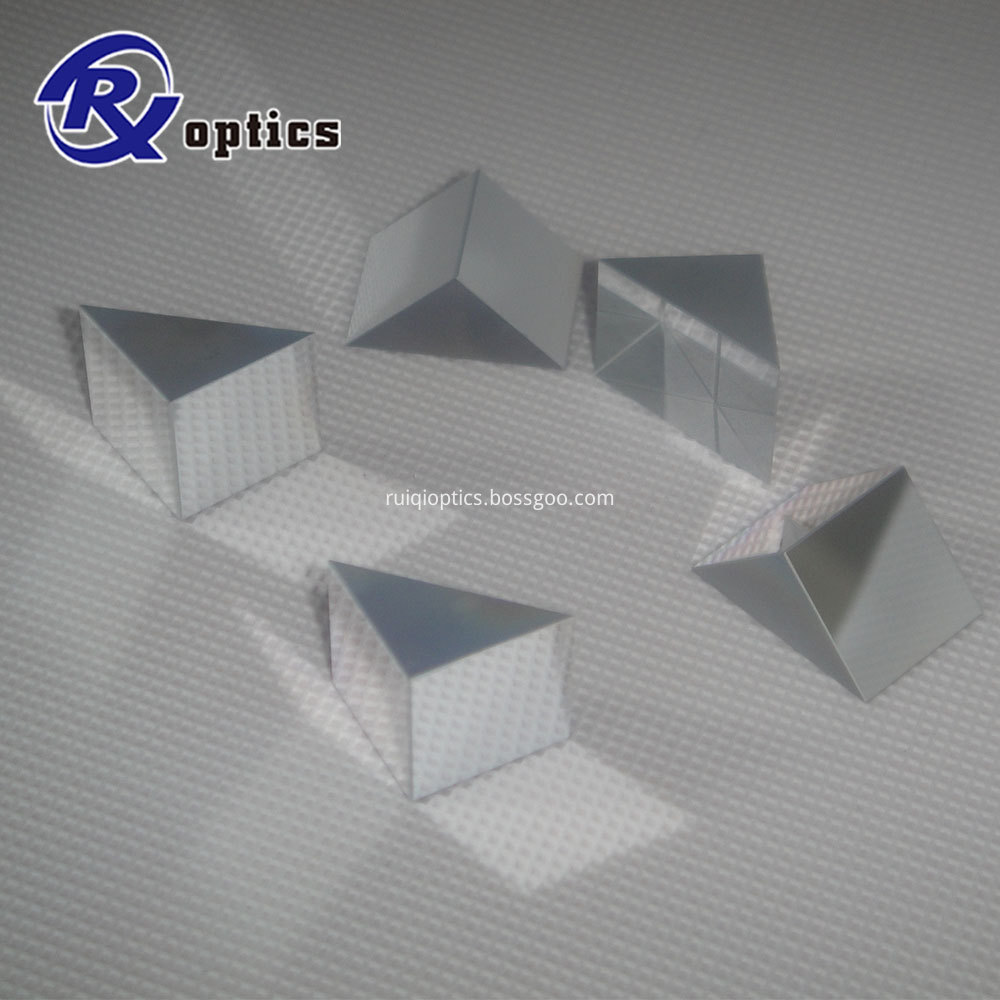According to the observation and analysis of the seed samples collected by the seed counting instrument, the hawthorn seeds have a hard crust, the seed coat is relatively thick, the suture force is tight, the moisture is generally not easy to infiltrate, and the long seeding period of the seed is long, and the seed does not pass through. Treatment is to artificially break the seed coat and the seed will still not germinate after sowing. Seed treatment is also called pitting treatment. Digging pits are selected in sunny locations where drainage performance is good. The general pit depth is 2 to 2.5 feet and the width is 3 feet. The length depends on the number of seeds. After the pit is dug, the seeds of the hawthorn are then mixed with the clean, fine, niger sand. The ratio of seeds to sand is 1:4 or 1:5. Put the mixed seeds into the pit, but do not put it too full. It is appropriate to have a distance of about 4-5 inches from the surface of the ground. Then cover it with 2 inches of thick sand to protect it, so that the seeds can be accumulated. Seeds in the pit generally have a period of 7 months, good effect, high germination rate and good seedling emergence. The processing of seed time can generally be started from March. After the seeds are placed in the pits, the water in the pits can be prevented. The water in the pit must be sprinkled. It is not good if there is too little water. After seed treatment, it is necessary to check the drying seeds 1 to 2 times in order to prevent the seeds from becoming rotten and deteriorate. Drying hands: the son's method, separate the seeds from the sand with a sieve, turn the seeds in the light for 3 to 4 hours under a strong light, dry the seeds in a dry season, and then mix the sand with the seeds and put them into the 10000- Inside, covered with a layer of sand for deep protection. After a period of 7 to 10 months of burning time, if the son of a son has already opened his mouth, he can be used for sowing.
All can be planted from October to March of next year. Any seed sown in the spring can be sowed when the soil is thawed. The earlier the better, the better the sowing period is from October to December (before freezing on the earth). It can be sown without freezing ground. The seedlings of the mountain tower are resistant to low temperatures. The seed germinates when the ground temperature is 2 to 3°C. When the ground temperature begins to appear at about '8°C, the spring seedlings are sown better than those planted in autumn and winter.
After the seedlings of Hawthorn fruits obtained by sampling with a seed counting instrument have been subjected to the germination and nursery test, some suggestions for the work of their seedlings are given here. Because the hawthorn seed germination rate is generally low, and there are many diseases and insect pests at the seedling stage, the loss is very large, only the full use of land, to ensure adequate seedlings, appropriate increase in seeding rate, can guarantee the benefit of hawthorn seedlings.
Equilateral Dispersive Prisms,Optical Prisms. ... High Refractive Index; Low Abbe Vd Number for Maximum Dispersion; Material: ZF2, N-SF11, CaF2, or ZnSe,H-K9L
Equilateral Prisms are normally used for the dispersion of light into its different colors. Light incident at an oblique angle to the first face is dispersed according to its wavelength and emerges as a spectrum from the opposite face
Equilateral Dispersing Prisms disperse a light into its different colors and are used for spectrum analyzing experiments and instruments. Each colors in the light incident at an oblique angle to the first face is bent in different angle by the difference of refractive index of the glass according to wavelength and emerges as a spectrum from the opposite face, Dispersive prisms are typically used at the minimum angle of deviation
- The roof angle of 60 degrees causes the best combination of wide dispersion and low reflection losses. A glass with large dispersive power or small Abbe`s number leads to large angular dispersion.
- We offer both BK7 and fused silica for a selection of wavelength range from UV to near IR. We recommend a Prism of BK7,if the light is not UV, because the angular dispersion of BK7 is larger than that of fused silica.


Equilateral Prisms,Equilateral Dispersing Prisms,Equilateral Dispersing Prism,Equilateral Glass Prisms
Changchun Ruiqi Optoelectronics Co.,Ltd , http://www.ruiqi-optics.com